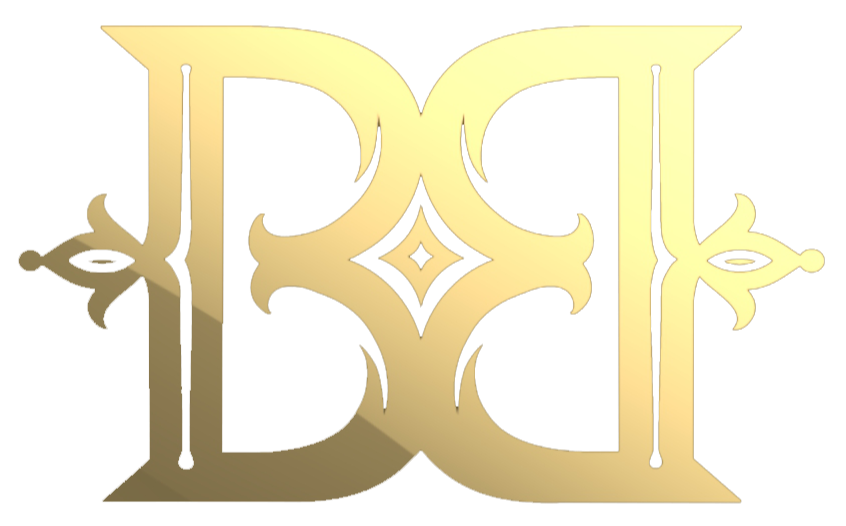In mid-April, Gucci celebrated its 100th anniversary. Reaching a century is no small feat for any brand, especially in the fast-paced world of fashion. But Gucci isn't alone - many other iconic fashion houses have surpassed this milestone. Let's take a journey through the world's oldest and most influential brands, spanning from the early 19th century to the modern day. Along the way, you'll get a glimpse of how fashion trends and cultural values have evolved.
The First Generation of Luxury: 1818-1925
The honor of being the oldest fashion brand belongs to Brooks Brothers, which opened its doors in April 1818. By the end of World War I, Brooks Brothers had already celebrated 100 years of business. Following closely are names that are still synonymous with luxury today. Hermès was established in 1837, with Loewe and Cartier founded just a decade later in Madrid and Paris, respectively.

An Old Brooks Brothers Advertisement.
The mid-19th century also saw the birth of other significant luxury labels like Goyard, Louis Vuitton, Burberry, and Bulgari. Some might be surprised to learn that Balenciaga, known for its oversized streetwear today, was founded way back in 1917 as an elegant women's tailoring house.
The Intersection of Classic and Modern: 1928-1969
The period from the late 1920s to the late 1960s saw a blend of tradition and innovation in fashion. As World War II ended, so did the dominance of purely classic styles, giving way to more experimental and modern designs. Salvatore Ferragamo founded his namesake company in 1928, bringing Italian craftsmanship to the world. René Lacoste, a tennis champion, brought luxury into the sportswear realm with his crocodile-embroidered polo shirts in 1933.
The post-war years gave rise to legendary names like Celine, Balmain, Dior, and Givenchy, all emerging in the 1950s, blending fresh perspectives with old-world luxury.

Lacoste's Crocodile Embroidered Jacket Laid the Foundation of the Brand.
In 1966, Bottega Veneta introduced its signature leather weaving technique, which remains its hallmark today. Across the Atlantic, Calvin Klein and Ralph Lauren established themselves as key players in American fashion.
This era concluded with two game-changing brands: Jil Sander in 1968, which championed minimalist style, and Comme des Garçons by Rei Kawakubo, who brought the avant-garde spirit of Japanese fashion to the world stage.
The Era of Innovation: 1970-1985
After Rei Kawakubo paved the way for Japanese designers, Kenzo Takada and Issey Miyake made their marks in Paris in 1970, becoming the first Japanese designers to gain international acclaim. In London, Vivienne Westwood began crafting her punk rock aesthetic, which would soon become iconic.

The Visionary Kenzo Takada (1939-2020).
In 1975, Giorgio Armani opened his first atelier in Milan, revolutionizing the fashion world with his effortlessly sophisticated designs. Armani’s suits became the go-to attire for Wall Street elites. The decade ended with the arrival of two contrasting brands: Tommy Hilfiger, known for its all-American preppy style, and Dolce & Gabbana, exuding luxurious Italian flair.
The Modern Era: 1986-2018
As we approach the late 20th and early 21st centuries, a wave of brands synonymous with modern streetwear and high fashion emerged. Rick Owens and Supreme both appeared in 1994, bringing a raw edge to the fashion scene. In 1996, Chrome Hearts burst onto the scene, making luxury more rugged and rebellious.

The Row.
In 2006, The Row, founded by the Olsen twins, introduced a minimalist approach that appealed to a new generation of luxury consumers. And from 2012 onwards, names like Off-White, 1017 Alyx 9SM, and Casablanca have become staples at Paris Fashion Week, representing the future of fashion.
As these legendary brands continue to shape the world of fashion, they remind us that history is always being made.

댓글